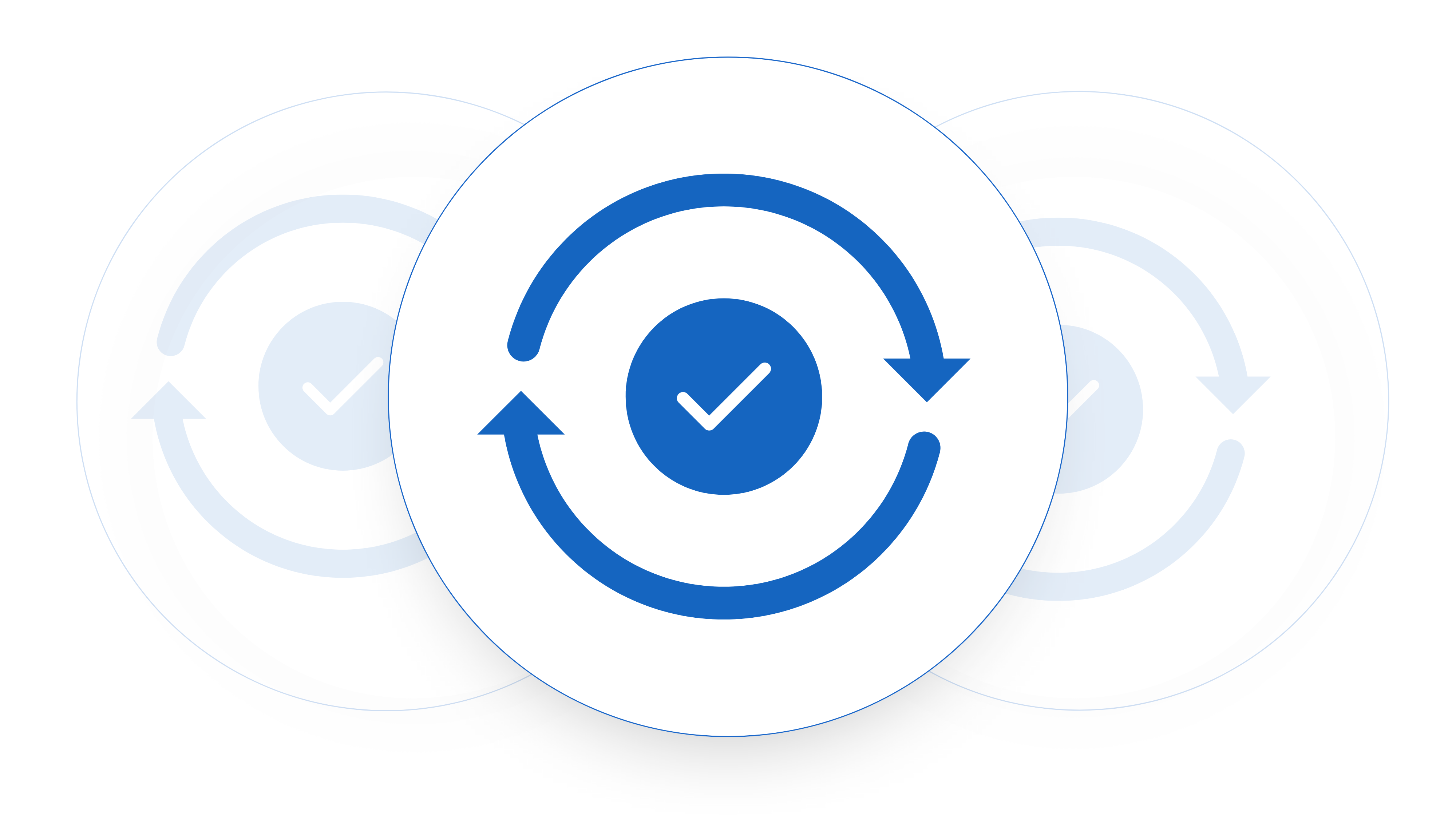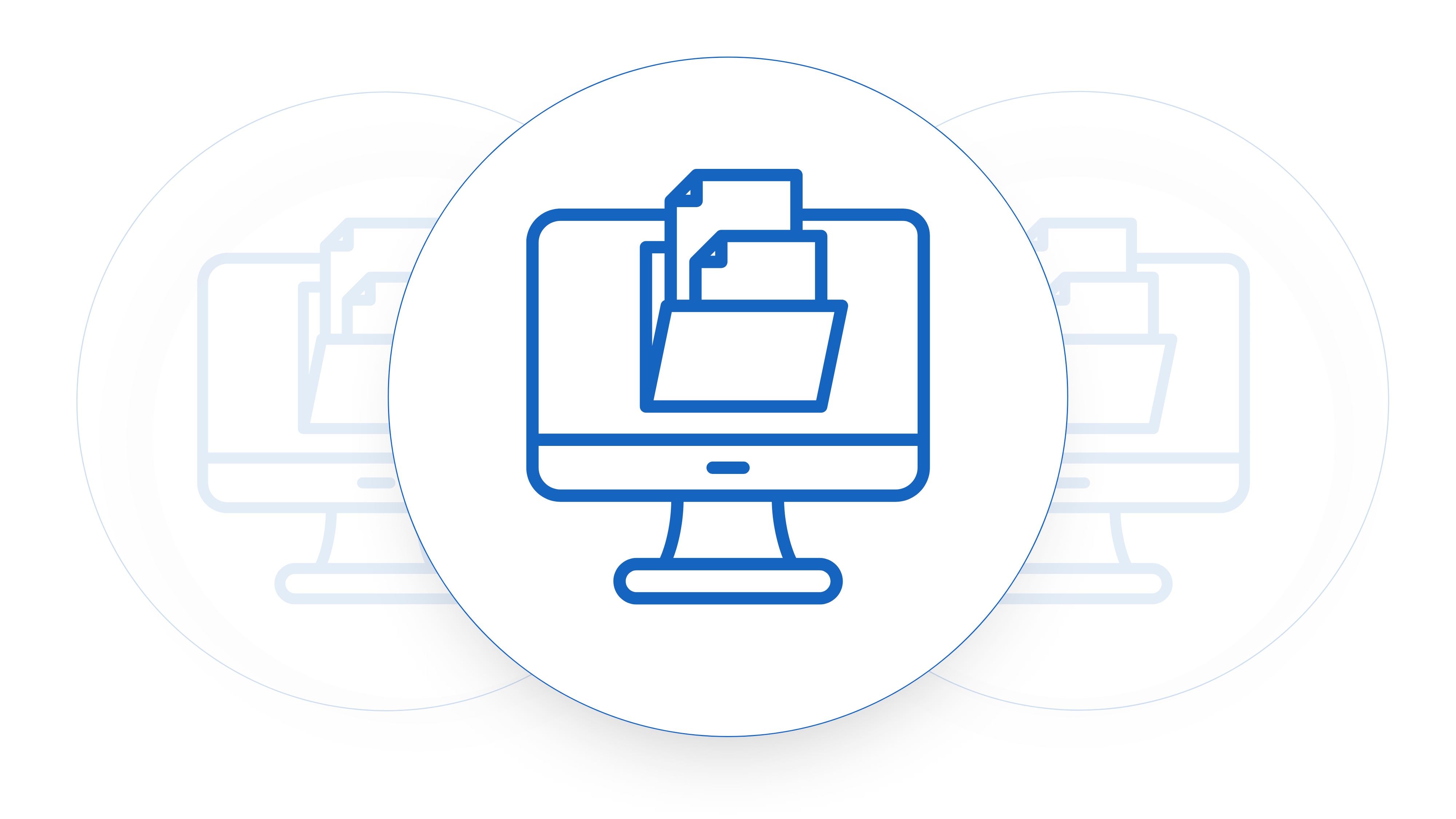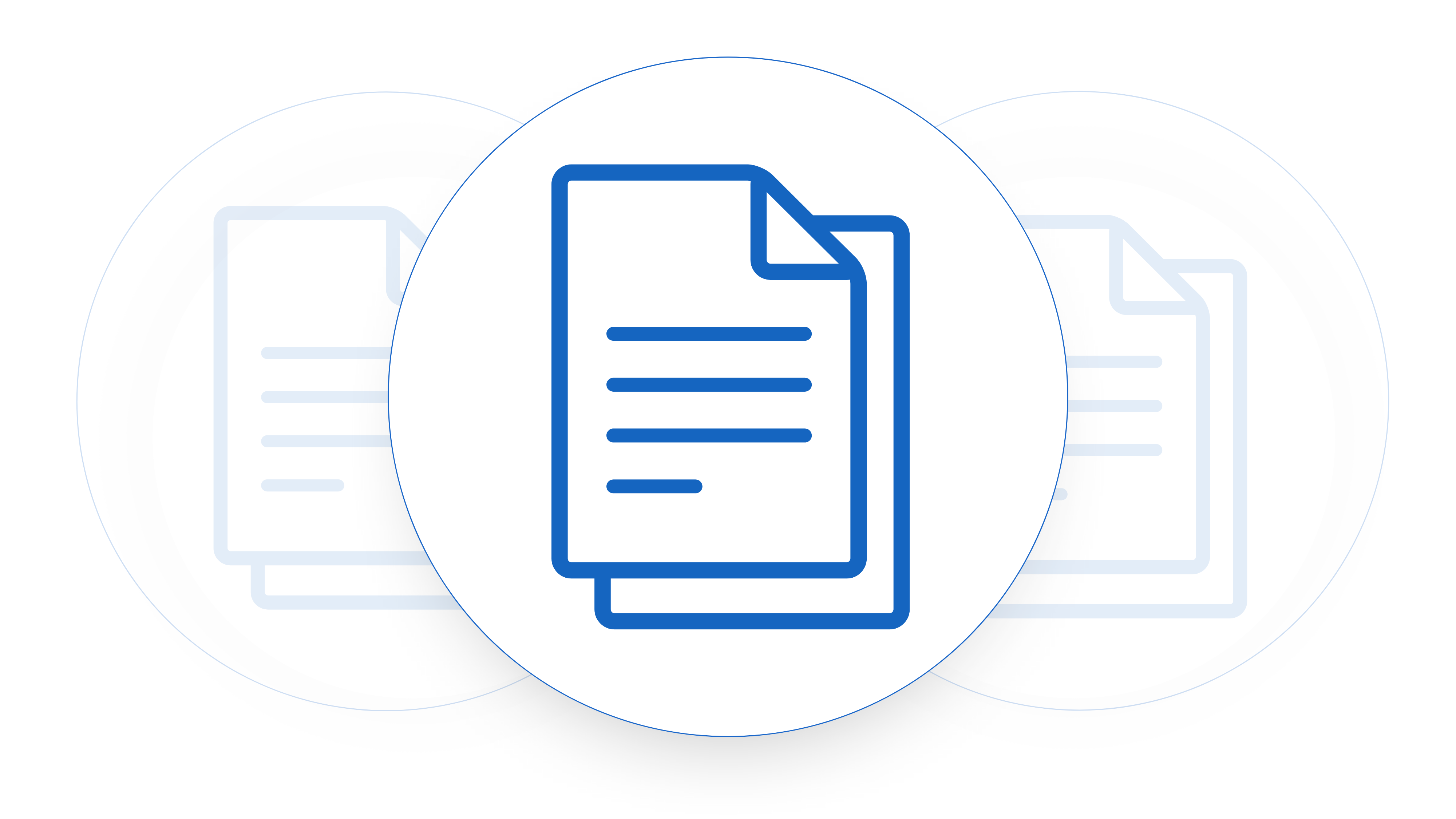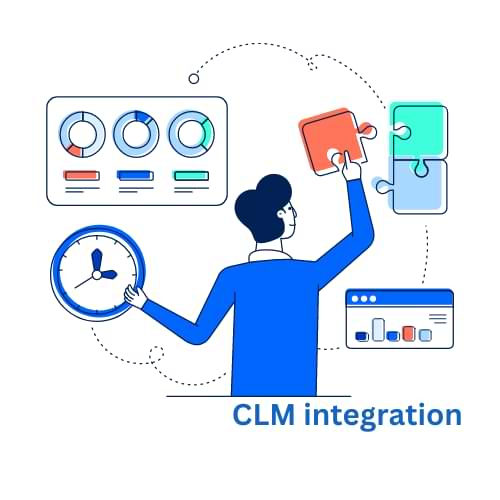These days as businesses get leaner and better at managing their resources, small and medium-sized enterprises (SMEs) and early-stage startups are increasingly embracing digital transformation and automation. The benefits are clear: time savings, cost reductions, enhanced compliance, and minimized risks. However, a 2017 IDC study revealed that 60% of digital transformation initiatives fail to scale due to inadequate strategic architecture. To avoid this pitfall, a comprehensive integration plan is essential, especially for Contract Lifecycle Management (CLM) systems.
Integrating CLM with CRM, ERP, and CPQ systems can be challenging, but with the right approach, you can create a scalable, efficient digital transformation system. Here are five essential tips to ensure a successful CLM integration for your business:
1. Engage All Key Stakeholders
To achieve a seamless integration, it’s crucial to involve all relevant stakeholders from the outset. Spend time conducting in-depth discussions with representatives from various departments to understand their needs and pain points. This thorough internal exploration will provide a holistic view of your contracting process, helping you identify areas for improvement and future growth. By including technologists and other key players, you can ensure that the CLM system aligns with your overall technology strategy.
2. Collaborate Closely with Your Technical Team
Before selecting an automation system, thoroughly vet your integration team and involve them early in the process. Granting your IT team ownership of the project will facilitate a smoother transition. Their expertise in real-world integration is invaluable, and recognizing their importance will contribute to a successful implementation.

Contract Management Made for Startups
Set Tasks, Negotiate Faster
3. Document Everything for Knowledge Transfer
While documentation may seem tedious, it’s a critical component of long-term success. Comprehensive documentation will ease adjustments and fine-tuning, especially during the initial stages. It also supports better adoption and support as your team grows. Think of documentation as a knowledge transfer tool, ensuring that your integration can continue smoothly even if team members change.
4. Prioritize User Acceptance Testing
User acceptance testing (UAT) is vital for confirming that your integration works as intended. Start testing as soon as your integration is in a staging environment to identify and address any issues early. UAT also helps users become familiar with the system before it goes live, facilitating smoother adoption.
5. Monitor System Status Regularly
Most CLM systems provide error logs and status updates via email. Stay on top of these reports to catch any issues early. Regular monitoring ensures that your integration operates smoothly and allows you to address problems before they impact your business.
Implementing a successful CLM integration for SMEs is a significant step towards creating a streamlined, fast moving sales pipeline where you don’t have the last steps of contract negotiations slowing things down. As contract lifecycle processes increasingly move to the cloud, tracking, visibility, analytics, and management will become even more critical. By following these tips, you can future-proof your integration and stay ahead of technological changes.
Additional Considerations for a Successful CLM Integration
While the five tips outlined above are crucial, there are additional considerations that can further enhance the success of your CLM integration.
Understand the Specific Needs of Your Business
Every business is unique, and so are its contract management needs. Take the time to understand the specific requirements of your organization. This includes the types of contracts you manage, the volume of contracts, and the specific compliance requirements relevant to your industry. Tailoring your CLM system to meet these needs will ensure that it provides maximum value.
Invest in Training and Support
Even the most advanced CLM integration for SMEs will fall short if your team is not adequately trained to use it. Invest in comprehensive training programs to ensure that all users are comfortable with the new system. Additionally, provide ongoing support to address any issues that may arise. This will help to ensure a smooth transition and maximize user adoption.
Leverage Advanced Features
Modern CLM systems come with a range of advanced features, such as AI-driven analytics, automated workflows, and integration with other business systems. Take full advantage of these features to streamline your contract management processes and gain deeper insights into your contract data. This can lead to improved decision-making and greater operational efficiency.
Plan for Scalability – CLM Integration for SMEs
As your business grows, your contract management needs will evolve. Ensure that your CLM system is scalable and can accommodate increased contract volumes and more complex workflows. This will help to future-proof your investment and ensure that your CLM system continues to meet your needs as your business expands.
Build a Culture of Continuous Improvement
Finally, build a culture of continuous improvement within your organization. Regularly review your contract management processes and seek feedback from users to identify areas for improvement. By continuously refining your processes and leveraging the capabilities of your CLM system, you can drive ongoing efficiency gains and stay ahead of the competition.
At the end of the day a successful CLM integration for SMEs requires careful planning, collaboration, and ongoing support. By engaging key stakeholders, collaborating with your technical team, documenting everything, prioritizing user acceptance testing, and monitoring system status, you can ensure a smooth and successful integration. Additionally, by understanding the specific needs of your business, investing in training and support, leveraging advanced features, planning for scalability, and fostering a culture of continuous improvement, you can maximize the value of your CLM system and drive long-term success.
For more insights on digital transformation and CLM integration, check out more at our blog.












